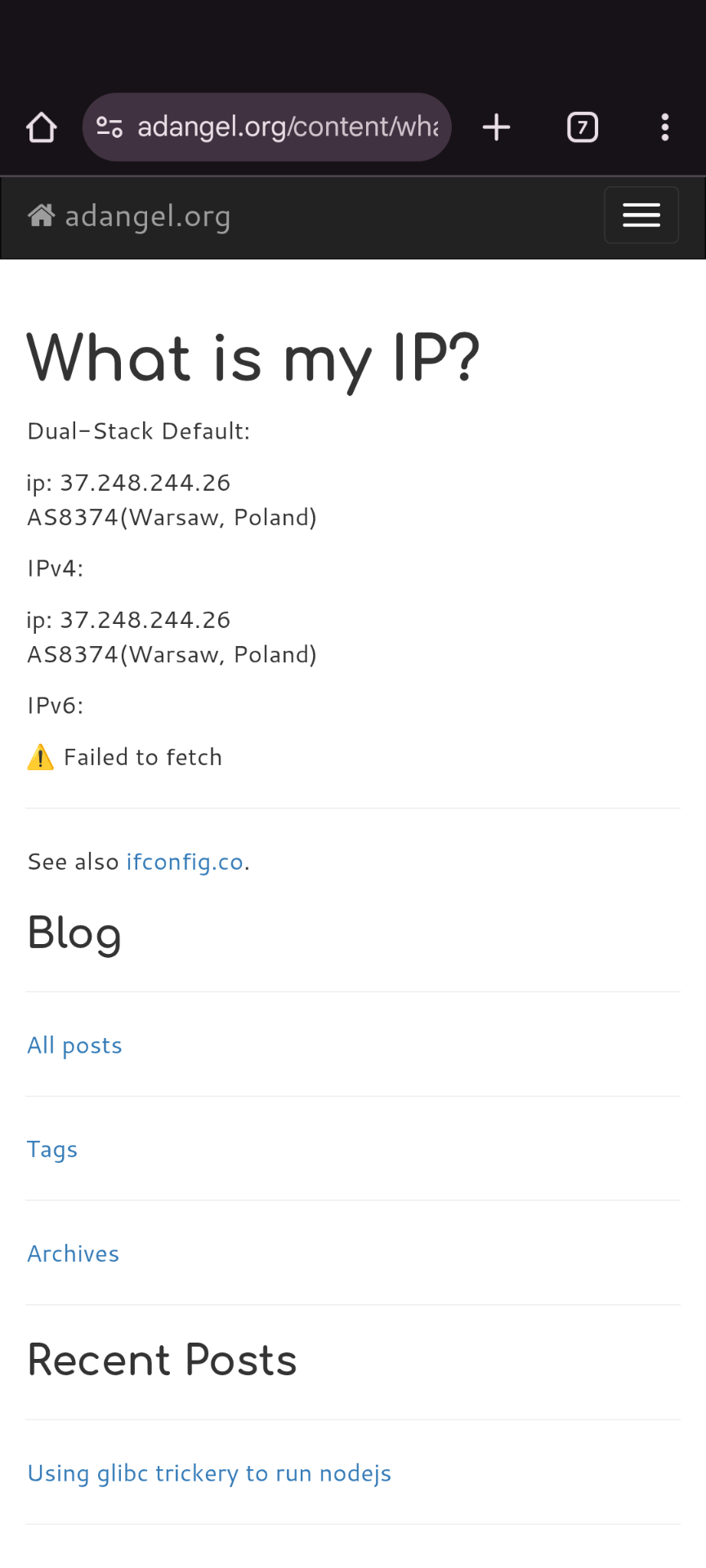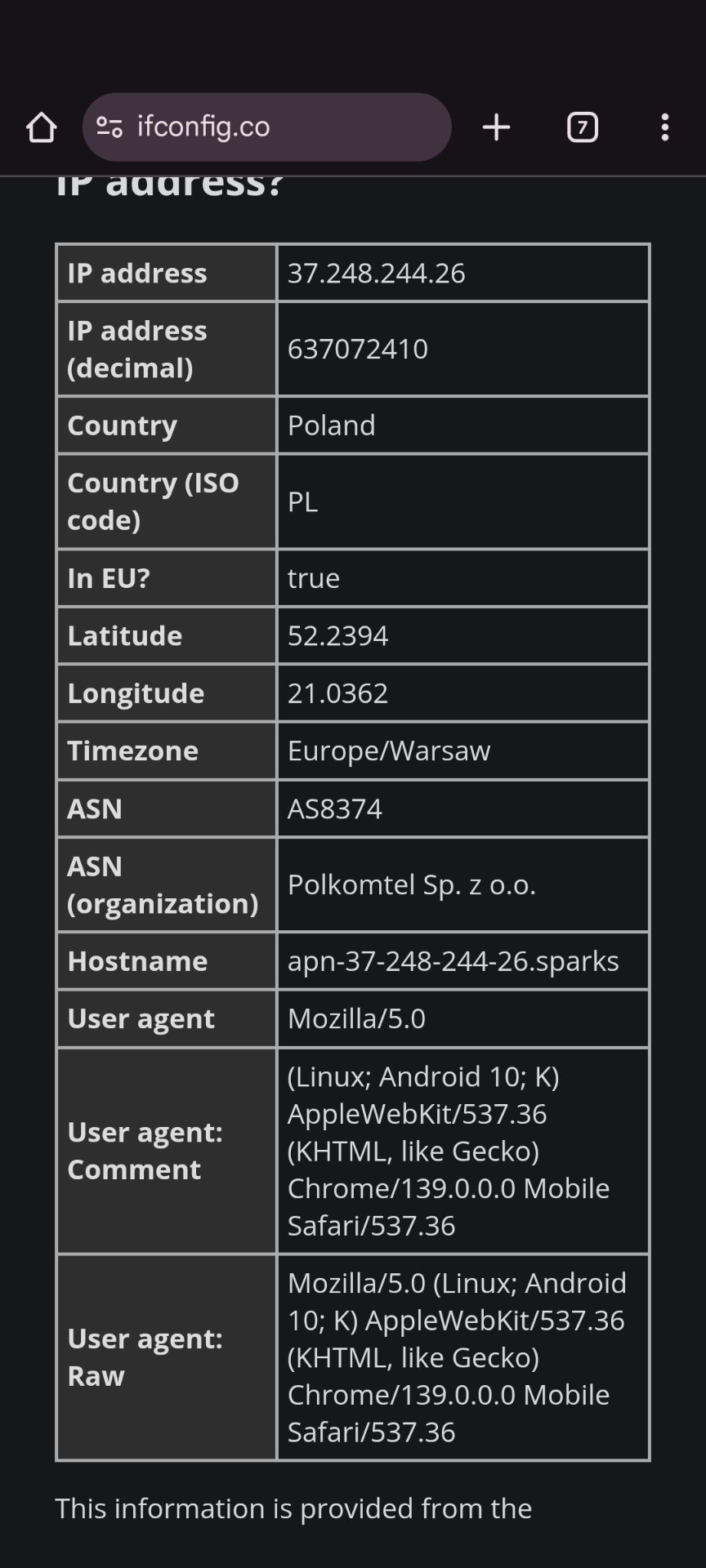Bicycle Tour 2025
Wednesday, October 15, 2025 •
This year’s tour went from From Munich via Claudia to Engadin. First leg goes from Munich to river Lech, then following the Lech until Füssen/Reutte and switching to river Loisach. After the Fern Pass the last river is the Inn.
It’s a bit similar to the bicycle tour of 2021 but with a different starting direction. Hoped to see Engadin with more sun, but the weather went worse unfortunately (even with rain warnings in the region).
You can see my tracks on the interactive map I created:
Bicycle Tour 2025: From Munich via Claudia to Engadin

I could now test my travel eSIM in Switzerland, as Switzerland is not part of the EU and therefore most mobile carries only offer expensive roaming prices. I took Yesim and after activating the eSIM on the mobile phone (and also online in Yesim’s account), it worked quite good. Interestingly, the public IP you get, is from Poland…


You can also see, that you won’t get a IPv6 address, which means, that IPv6 only services wouldn’t be accessible.
The fact, that the IP traffic is routed through Poland seems to be the normal case: Yesim is not acting as a local Swiss mobile provider, but as some foreign mobile provider, which also roams in Switzerland. This has the advantage, that it can roam through any available network with the best signal and is not limited to one provider. It just happens to be the case, that Yesim has chosen a Polish provider. Other eSIM providers like Holafly route their traffic through China.
See this news article Travel eSIMs secretly route traffic over Chinese and undisclosed networks: study and the corresponding study eSIMplicity or eSIMplification? Privacy and Security Risks in the eSIM Ecosystem and the reddit post Researchers discover eSIMs routing traffic through China.
Note, that this is only the public IP address, that is visible - how the traffic is actually internally routed, is not visible. But your traffic appears to the visited sites with your public IP. And if there is some geolocated restriction implemented on the sites, you might be surprised that these travel eSIMs act as if they are a VPN. So, depending on what you want to use, you might also need an actual VPN provider to finally appear in the country you are physically located… amazing. Something like NordVPN.
The fact, that the traffic is routed through maybe far distant countries definitely affects the latency of your connection - and most like also the throughput. For me, it was ok, I didn’t need much internet. If I had used more, I probably would have noticed Polish ads and I think, I wouldn’t have been able to by train tickets online for sbb (Schweizerische Bundesbahnen). But luckily, they still have ticket machines.
Comments
No comments yet.Leave a comment
Your email address will not be published. Required fields are marked *. All comments are held for moderation to avoid spam and abuse.